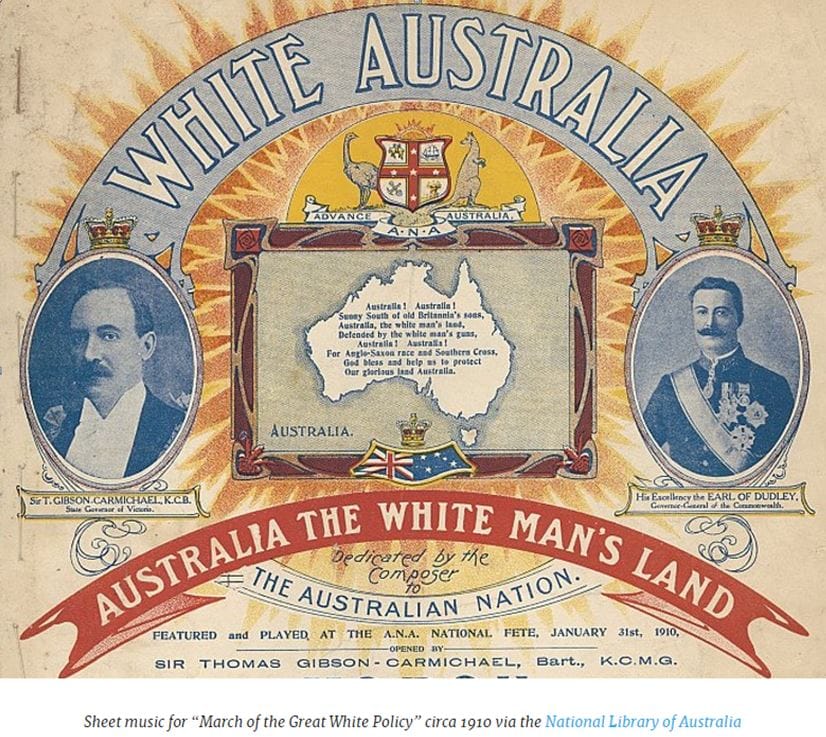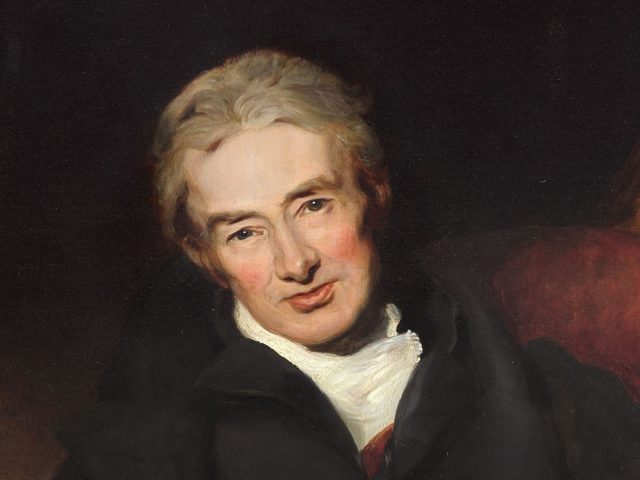
Establishing Racism: the Australian way
April 4, 2016
What can we learn from a Christian Anarchist?
April 8, 2016William Wilberforce’s life story is often told in the context of his campaign for the abolition of slavery. He also had a close friendship with England’s youngest ever Prime Minister, William Pitt. Among his mentors was John Newton, a former slave trader, who among other things wrote many well known hymns, including ‘Amazing Grace’. But is only a part of the story of William Wilberforce.
Wilberforce was born in 1759 in Yorkshire and his father was a wealthy merchant. He was elected to parliament in 1780 when there was a growing movement opposed to the slave trade; he spearheaded the parliamentary and legislative campaign against slavery. Against powerful opposition, Wilberforce doggedly promoted the cause of abolition in Parliament for more than three decades. When the House of Commons passed its ban on the slave trade in 1807, it gave him a rare standing ovation, and he deserved it. After many attempts he had succeeded in abolishing slavery in the British Empire. Due to declining health, he retired from parliament in 1825 and died in 1833.
Wilberforce was dubbed “the Prime Minister of a cabinet of philanthropists”. He actually supported over 60 philanthropic causes and gave away one quarter of his income to the poor. He fought on behalf of chimney sweeps, single mothers, Sunday schools, orphans and juvenile delinquents. Wilberforce also supported Catholic emancipation and assisted in the formation of the Church Missionary Society, the British and Foreign Bible Society, the Society for Bettering the Conditions of the Poor, and the Society for the Prevention of Cruelty to Animals.
In 1783 the Eclectic Society was commenced under the leadership of John Newton; it had a close relationship with Wilberforce and they were well informed about matters political. At this time Pitt was determined to found the Botany Bay settlement and the Eclectic Society was actively interested in who would be chaplain for the colony; they selected Richard Johnson. Wilberforce went on a delegation to Pitt recommending Johnson and Pitt agreed. In 1786 Richard Johnson received a royal warrant as the first Chaplain to the Colony of New South Wales. Subsequently, Wilberforce light-heatedly referred to Johnson as the “Bishop of Botany Bay”.

Later Wilberforce was actively involved in a group based around the Parish of Clapham and led by its rector. The name ‘Clapham Sect’ was later introduced to describe this group. In reality the ethos of the Clapham Sect was anything but sectarian. They share political views concerning the liberation of slaves, the abolition of the slave trade, and reform of the penal system. The things which drew them together were evangelical Christianity and and the joy of good fellowship with like-minded people with a commitment to principle. They were to have a significant and long term impact on politics and in particular with reference to the Colonial Office (much is written on this elsewhere).
In contrast to his role in ending the slave trade, Wilberforce was opposed to workers rights to organize for better pay, conditions, and working hours. In 1799 he drew up the Combination Act, which suppressed trade union activity and made all unions illegal. The penalty for trade union activity was transportation for life.
The British East India Company had been set up to establish a share in the spice trade. For over ten years Wilberforce advocated for amendments to its Charter that would enable the company to employ religious teachers with the aim of “introducing Christian light into India”. He managed to persuade the House of Commons to include clauses in the Charter Act (1813); among other things, this eventually resulted in the foundation of the Bishopric of Calcutta.
Wilberforce reminds us that evangelical Christianity was intensely engaged with the cause of human rights. The campaign against the slave trade and slavery was their cause and Wilberforce saw his role as a part of that cause. In this vision he had the support of John Wesley and hundreds of other clergy. Wilberforce also scorned those who used the language of religion to justify slavery and oppression.
Seeing human rights as a social movement was Wilberforce’s genius; he developed the technique of drawing attention to victims, the use of mass media, and the use of civil society organisations. These are tools which continue to be used in human rights work to this day. Wilberforce may be something of an unwanted model for some of today’s human rights activists because he was a Christian and a Conservative. But, these are among the qualities that make Wilberforce such an important figure in that he demonstrates the universality of the human rights message.
(previously published in a slightly shorter form in 2007)




